T4K3.news
Squirrels with oozing lesions spotted in US backyards
Experts say gray squirrels may have fibromatosis; avoid touching infected animals. Virus does not spread to people.
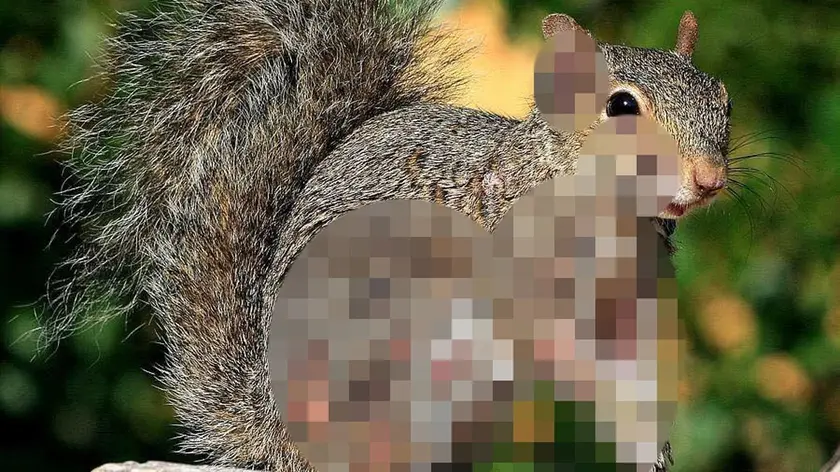
Experts describe a common gray squirrel skin disease that may spread in yards tied to backyard feeders.
Terrifying Squirrels with Oozing Lesions Invade US Backyards
Reports of gray squirrels in the United States and Canada showing hairless growths and oozing lesions have circulated online since 2023. Wildlife officials say the most likely diagnosis is squirrel fibromatosis, a virus that causes wart-like growths and is not spread to people. The illness spreads through direct contact between infected and healthy squirrels, and cases tend to appear in summer when animals gather at feeders. Authorities warn people to avoid handling infected animals and to clean bird feeders to reduce exposure. Fibromatosis usually heals on its own within two months, and most gray squirrels recover fully, though severe cases can affect internal organs.
Experts emphasize that this is a natural wildlife issue, not a public health threat to humans, but conversations online have raised concerns about backyard feeding and animal welfare. The exact cause of current sightings is not confirmed, and researchers are tracking whether feeder use is driving the spread. Observers note that in the US and Canada, sightings are rising with more people observing wildlife in their yards. The guidance remains clear: don't touch or try to help infected squirrels, and report sightings to local wildlife agencies.
Key Takeaways
"It's like when you get a large concentration of people. If someone is sick and it's something that spreads easily, others are going to catch it."
Webb explains how disease can spread in crowded settings like feeders.
"I would not recommend trying to capture a squirrel that has the virus."
Webb on handling infected wildlife.
"At first I thought it was eating something from my front beds, but then I realized it was on its face."
Reddit user describing a sighting.
The story taps into a familiar tension: the yard as a shared space where human habits meet wild animal life. It raises questions about feeding practices and how everyday objects, like bird feeders, can unintentionally spread disease among wildlife. Yet the tone should stay grounded in science: fibromatosis is usually nonfatal for gray squirrels and tends to clear up on its own. The risk is less about a human health scare and more about how communities respond to odd wildlife symptoms. The piece highlights official cautions while staying away from sensational claims, a balance that matters when fear can outpace facts.
Highlights
- Feed the birds and invite more than birds
- Backyards become classrooms for wildlife and risk
- Sometimes tiny fur can carry big questions
- Keep your distance and let nature run its course
Public reaction and humane treatment concerns
The viral wildlife story may spark fear, calls for drastic measures, or calls for euthanasia. Public discussions risk misinterpretation of health threats and could affect wildlife management decisions.
Public education on wildlife health helps keep yards safe for people and animals alike.
Enjoyed this? Let your friends know!
Related News
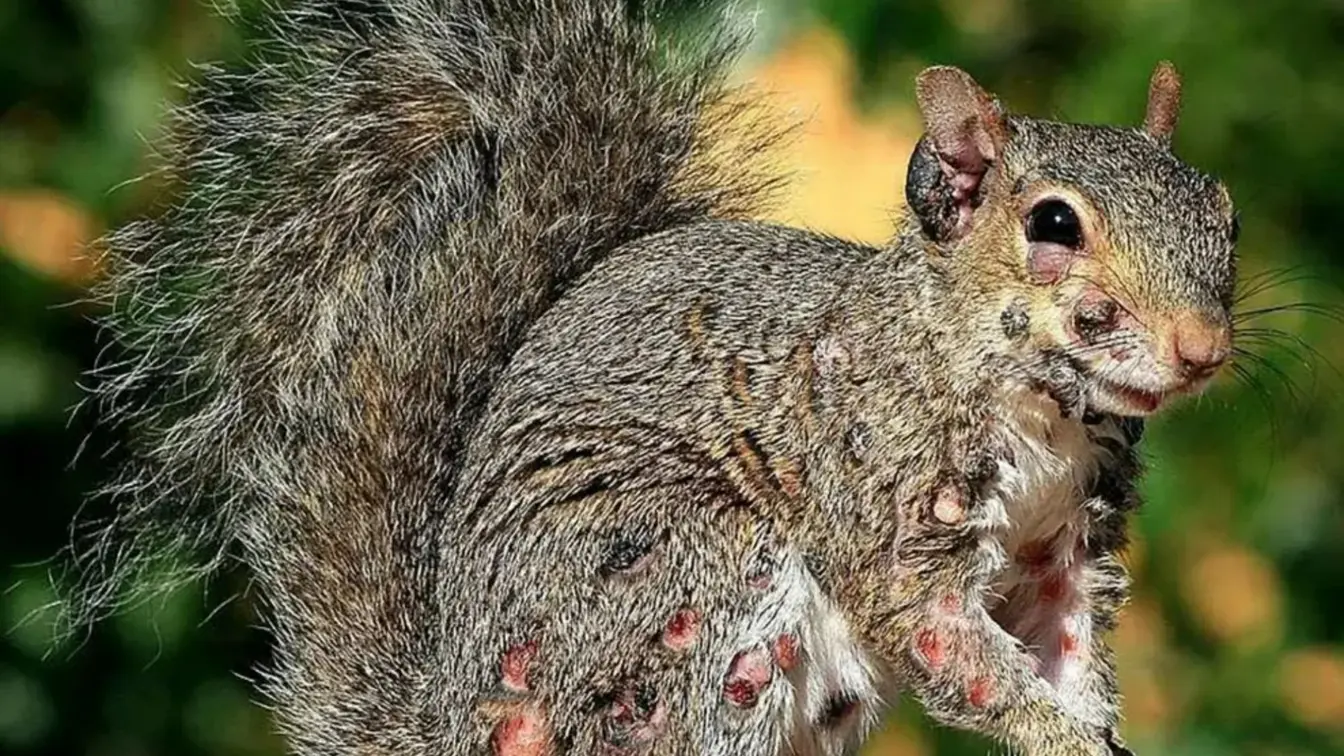
Zombie squirrels story
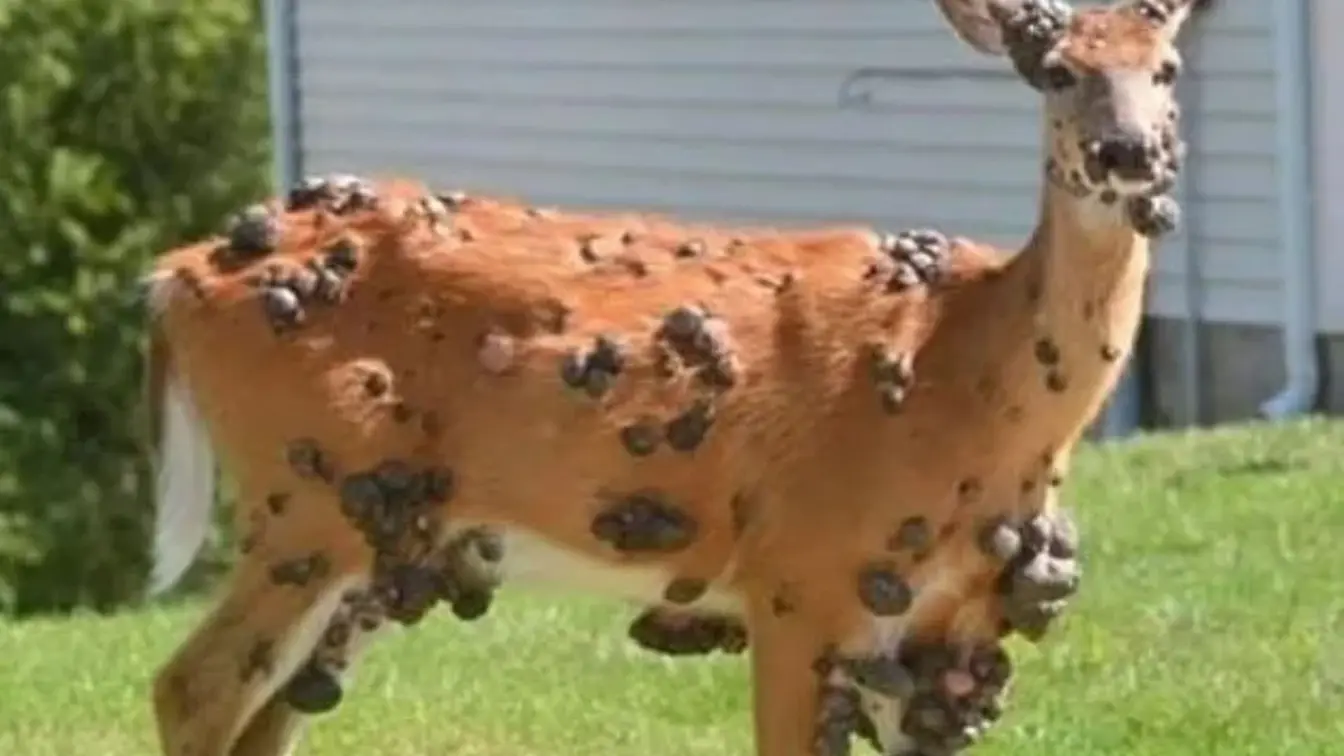
Wildlife lesions prompt official guidance

Squirrels with growths prompt wildlife health questions
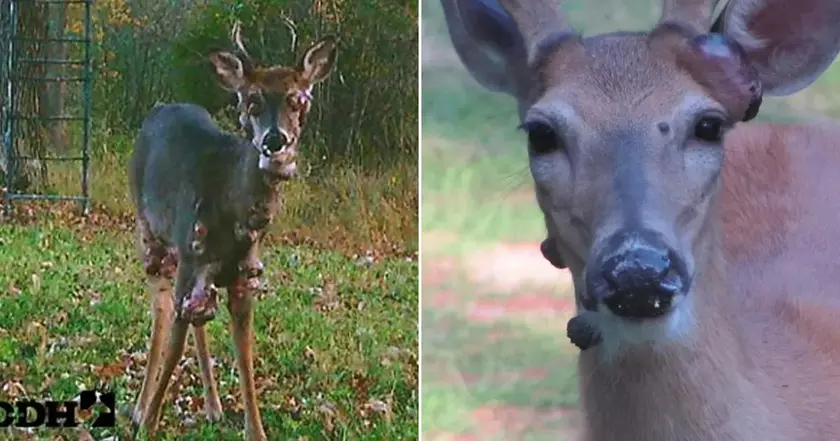
Deer fibroma found in several states
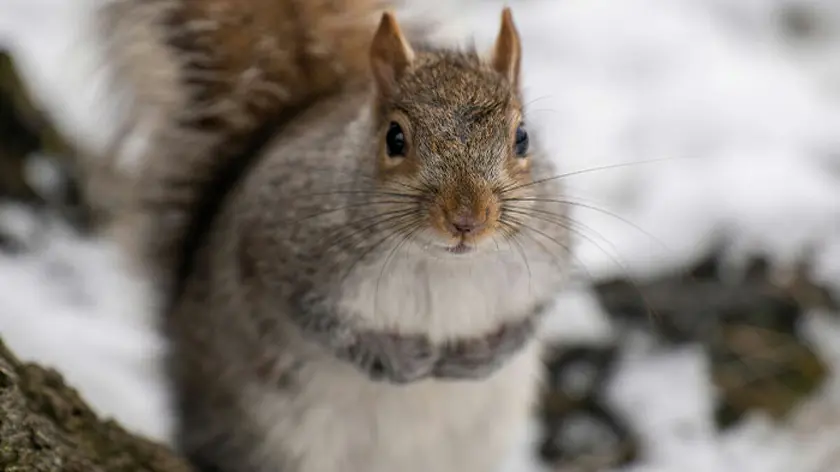
Squirrel pox in backyards

Zombie Squirrels in Backyards
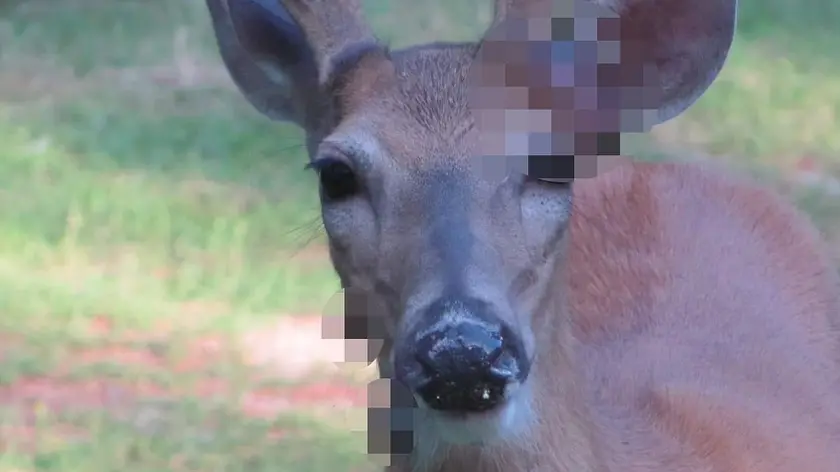
Deer Wart Outbreak Expands Across the United States

Mutant deer story prompts caution
